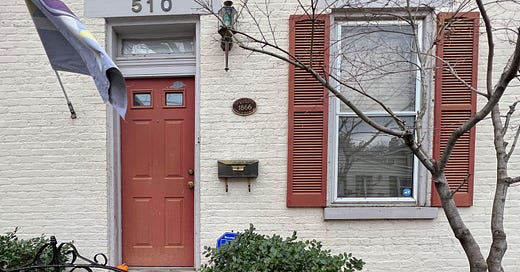I am not Dan Brown. I don't want to make too much of the idea that every furniture ornament, carving and moulding has meaning beyond: Ooooooh, pretty. Most ornament on old furniture isn’t trying to do anything more than entice a rich person to buy it.
But there are messages in the woodwork (and stonework) that have been left by their makers.
Norse runes, their functions and meanings, have been well documented. I've lately been translating the Hungarian book by Gyenes Tamás, “Ácsolt ládák titkai.” The book documents how Tamás builds traditional chests and inscribes the decorations on them. A fair number of these symbols/signs have meanings beyond their outward beauty. Concentric arcs can represent a plowed field. An “X” in a box can represent the Christian cross. Still other symbols can represent the different people in a family and the crops they …
Keep reading with a 7-day free trial
Subscribe to The American Peasant to keep reading this post and get 7 days of free access to the full post archives.




